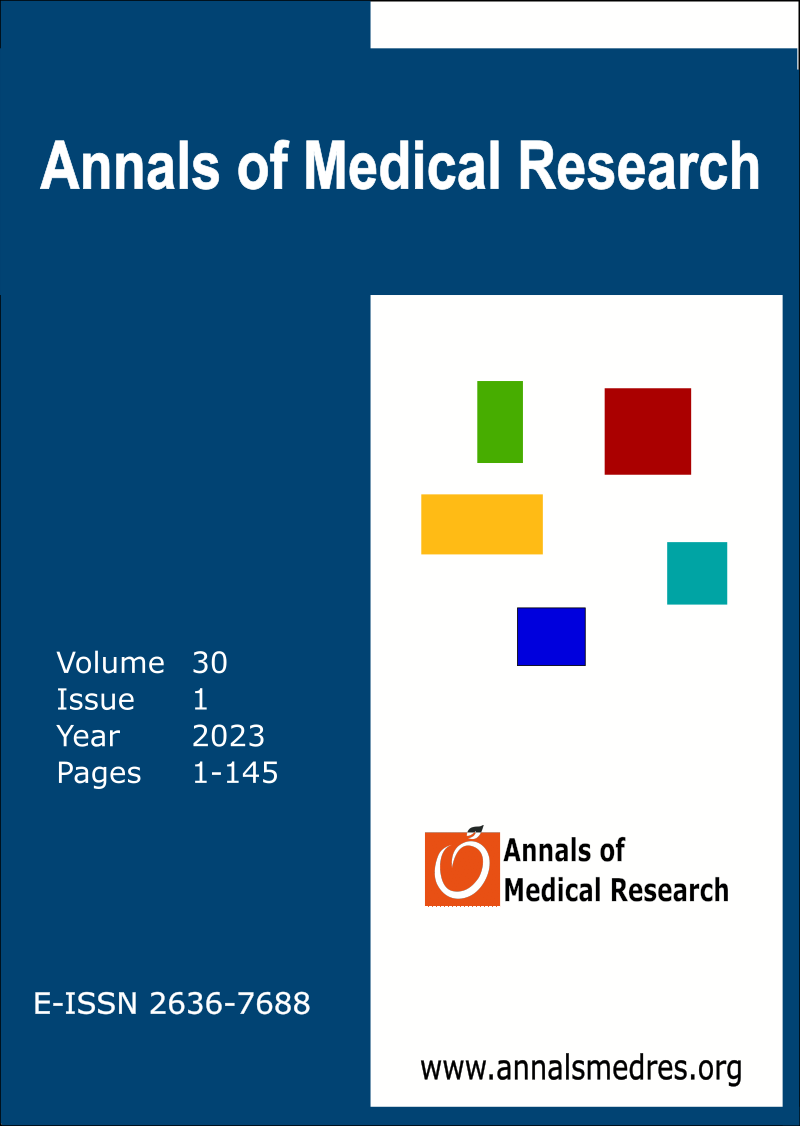Assessment of the correlations between interleukin-6 and 10 levels and mortality in patients with sepsis
Keywords:
Sepsis, IL-6, IL-10, MortalityAbstract
Aim: The aim of this study was to investigate whether sepsis-related mortality was associated with serum levels of interleukin (IL)-6, IL-10, tumor necrosis factor (TNF)-α, IL-6/IL-10 ratio and Glasgow Coma Scale (GCS), Acute Physiology and Chronic Health Evaluation (APACHE-II), Sequential Organ Failure Assessment (SOFA) scores.
Materials and Methods: The sample of the study consisted of 50 patients (median age: 75 years) who were admitted to the Intensive Care Unit of the Emergency Department and were diagnosed with sepsis, between January 2019 and December 2019. Blood samples were drawn on day 1 and day 3 of hospitalization. The IL-6, IL-10, TNF-α levels, APACHE-II, SOFA, and GCS scores were recorded on a data collection form.
Results: The deceased and the survivor groups significantly differed in day-1 (p = 0.013) and day-3 IL-6 (p = 0.016) levels, day-1 IL-6/IL-10 ratio (p = 0.029) and sex. There was no significant difference between the groups in day-1 and day-3 IL-10 levels and day-3 IL-6/IL-10 ratio. The GCS score was significantly lower in deceased subjects compared to survivors (p < 0.05).
Conclusion: High IL-6 level and IL-6/IL-10 ratio at sepsis onset were found to be associated with mortality. IL-6 level may be particularly useful for predicting mortality if used in combination with scoring systems such as the GCS and different clinical parameters.
Downloads
Published
Issue
Section
License
Copyright (c) 2022 The author(s)

This work is licensed under a Creative Commons Attribution-NonCommercial-NoDerivatives 4.0 International License.
CC Attribution-NonCommercial-NoDerivatives 4.0






